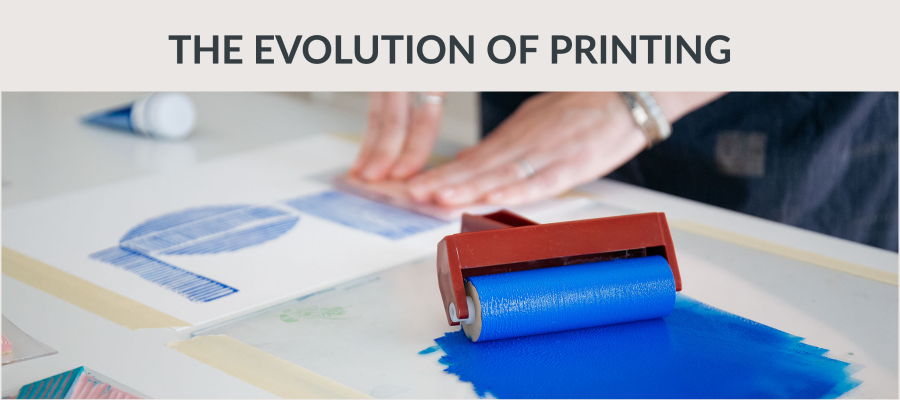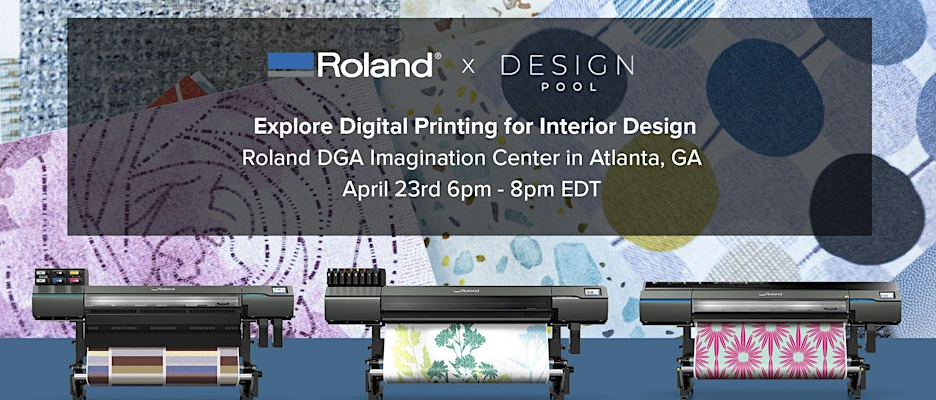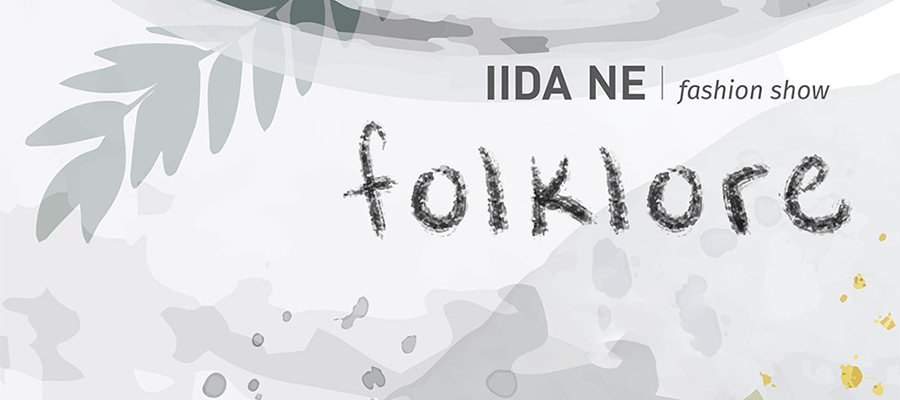
The Evolution of Printing; a Panel Discussion
In case you missed it, Kristen recently participated in a panel discussion hosted by Cary Sherburne, Senior Editor at What They Think, entitled Industry 4.0 and The Evolution of Printing. Joining Kristen on the panel were Kerry King, Senior Vice President of Research and Development at Spoonflower, and Jonathan Tio, CEO of Prima-Tex Industries. Their discussion centered around printing technology, both analog and digital, and the digital transformation in manufacturing.
As digital technology has evolved, the printing industry has evolved along with it. This past year, the pandemic disrupted life on many different levels. Many ask when we will return to normal. Rather than looking back, Cary looked forward. “What will the next normal be?” Returning to normal as we knew it isn’t an option, which isn’t necessarily a negative. We were already changing what normal was. The pandemic only accelerated some of those changes.
Digital printing’s impact on the evolution of printing is significant.
Throughout time, each technological advancement in printing unleashed myriad possibilities. Moveable type, linotype, rotary printing; each played a role in the evolution of printing. Digital printing continues to move us forward in unique ways. And it isn’t necessarily a replacement for other printing techniques but rather an additional tool.
According to Kerry King, Spoonflower was born out of “an idea of creating a waterless, low impact business” from an environmental standpoint. Digital printing made this possible. They saw this technology as an exciting way to empower makers through customization. The DIY community is an important and passionate one. Spoonflower saw digital printing as a way for makers to create items that genuinely expressed themselves.
And it was from the DIY community that our very own Kristen first became interested in digital printing’s possibilities. As an artist and avid maker herself, Kristen was eager to use this new technology in her own work. Her enthusiasm eventually led her to launch Design Pool and, more recently, Domanda Design. The way Kristen sees it, the same technology making customization accessible to makers can transform how interior designers customize their projects, big and small. “Makers get it,” Kristen said. However, the interior design community has yet to embrace the possibilities of customization. Kristen has no doubt they will once they start to use it.
Digital doesn’t necessarily mean better.
Jonathan Tio points out that digital doesn’t necessarily mean better, cheaper, or more sustainable. Instead, he sees it as another tool in the printer’s toolbox. Prima-Tex utilizes a wide range of printing technologies, each with unique benefits. For example, digital printing is well suited for sampling, capturing images with a wide range of shades and colors, and for highly engineered pieces for apparel. On the other hand, rotary printing is still the most economical and practical technology for designs with fewer colors or a high yardage quantity.
Where does technology go from here?
Each of the panelists sees different ways in which technological advances will impact the printing industry and consumers. Most immediately, the pandemic quickly changed how we shop. Online shopping took a giant leap forward. And that isn’t limited to ordering from major national brands. How consumers shop at local brick and mortar shops has also changed. Small business owners interact with customers in new ways, such as online ordering and curbside pickup, and appointments for in-store shopping with a limited number of people. Technology is catching up to this demand in real time to make these systems run more smoothly.
Consumers are also interested in knowing more about how their products are manufactured. Who makes them? What’s the environmental impact? Does a business support their local economy? Digital technology allows for more opportunities for transparency and direct communication to consumers. It also opens the door to more innovation. For example, as consumers demand more sustainably produced products, manufacturers are forced to meet that demand.
And that connection to consumers is critical. As the internet of things becomes more and more a part of our everyday lives, it shouldn’t come at the expense of human interaction. Whether a large company such a Spoonflower, a family-owned company such as Prima-Tex, or a small business such as Design Pool, consumers still value high-quality customer service and a human connection in the digital world.
Thank you so much to Cary for inviting Kristen join this panel!
Share this post
Author
DESIGN/COLOR TRENDS AND AWESOME INFORMATION IN YOUR INBOX
Sign up for our monthly trend letter







